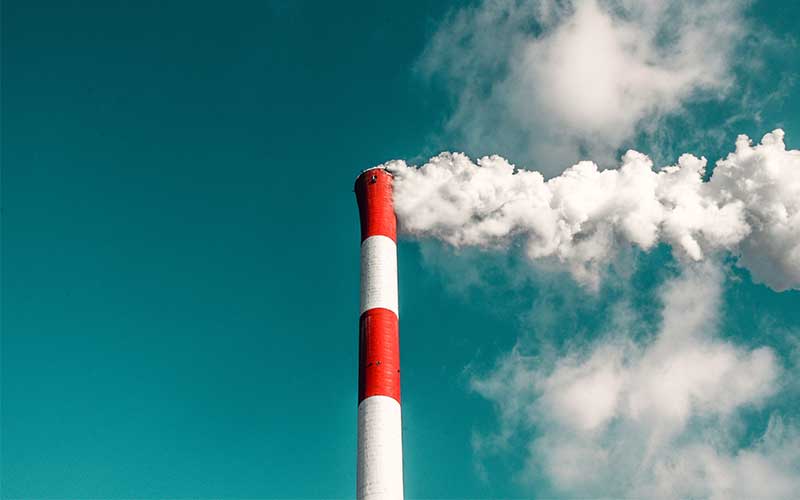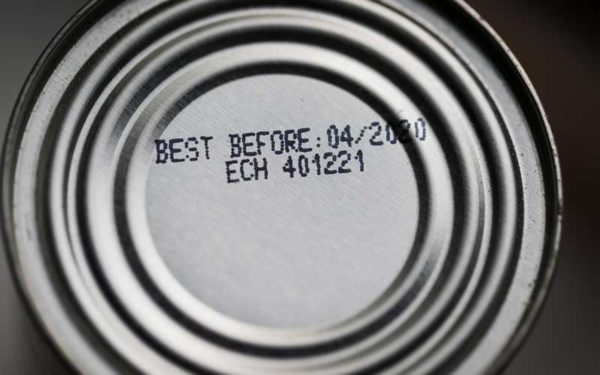
The way we manage our trash deteriorates our health, and Connecticut's impending garbage crisis will only make things worse. Photo: veeterzy via Unsplash
Along the coast of Connecticut stand beautiful beaches buzzing with maritime activity. Rolling mountains in the northwest offer scenic trails teeming with hikers. And the region’s longest river flows through the state’s center, offering wildlife a serene habitat. This great and vibrant state is my home and has been for the past 35 years.
I’ve always had a deep appreciation for nature. I stay up to date on environmental news and donate to conservation-focused nonprofits. The water in my house is warmed with a heat pump. I get energy from the solar panels I installed on my roof. I don’t use toxic fertilizers on my lawn. And, I take the leaves that fall from my trees to a composting center.
I’ve always assumed that because I care about Connecticut’s environment, others do, too. I also thought that my state was protecting the ground we walk on, the air we breathe, and the water we drink. But after working with Conservation Law Foundation as a fellow in the Encore!Connecticut program earlier this year, I learned that Connecticut suffers from a waste crisis. One that disproportionately impacts overburdened environmental justice communities. Now, the blinders are off and I’m here to share what I’ve learned about the dire situation my beloved state finds itself in.
The Horror That is Waste Incineration
During my time with CLF, I dove into the nitty-gritty details of Connecticut’s waste crisis. And the deeper I dug, the more dismayed I became. Here’s just a fraction of what I learned:
- Connecticut, as a whole, throws away two to three million tons of trash (like paper, food, plastic, glass, metal, textiles, and leaves) each year.
- 500,000 tons of that trash are exported to out-of-state landfills and incinerators each year.
- The remaining garbage gets sent to one of the state’s five waste incinerators.
- These incinerators are poisonous, emitting toxic pollutants into the air that neighboring communities breathe in.
- The ash residue left over after garbage is incinerated gets trucked to ash landfills, like the one in Putnam, Connecticut. These landfills are also toxic to the environment.
While I found all of this troublesome, most unsettling is that Connecticut’s two largest trash burners sit in environmental justice communities in Hartford and Bridgeport. Combined, these incinerators burn about two-thirds of the state’s waste. And the low-income communities and communities of color living near these polluting facilities are hit first and worst by toxic emissions.
Connecticut’s Impending Waste Crisis
A few years ago, the Hartford trash burner failed catastrophically. Two of its turbines broke, forcing the incinerator, which handles trash from 70 towns across the state, to shut down for several months. During that time, no trash could be incinerated. Over 20,000 tons of garbage just sat at the facility – generating a rancid odor that no one in the surrounding area could escape.
That breakdown may have been the worst in recent years, but it wasn’t the last. With the 30-year-old facility no longer able to run at capacity and the cost of repairs increasing, the Hartford incinerator will close for good come 2022.
The scheduled shutdown of this toxic facility is a win for the community members and environmental organizations who fought for this outcome for years. But it also put a spotlight on Connecticut’s waste crisis. All five of the state’s incinerators are limping on well past their 20- to 30-year lifespans, meaning they’re subject to regular malfunctions.
What Does This Mean for Connecticut Communities?
The way we manage our trash deteriorates our health, and the state’s impending garbage crisis will only make things worse. Connecticut ranks tenth among states with the worst air quality in the U.S. This is no surprise considering incinerators contribute more smog to our ozone than any of the state’s factories or plants.
What’s more, the Hartford incinerator is the second-largest air polluter in Hartford County. And it’s taking a toll on residents’ health. Air pollution exposure leads to high asthma rates, developmental issues in children, weakened immune systems, and even cancer. In fact, new studies show that toxic air pollution increases COVID-19 infections and deaths.
If we don’t dramatically reduce and divert our trash, we will be perpetuating this toxic legacy of air pollution. Plus, we’ll have to keep reckoning with an increasing number of sick residents, the use of dangerous trash management methods, growing disposal costs, and heightened air and water pollution.
Solving Connecticut’s Trash Crisis with Zero Waste
With all five of the state’s trash burners on their last legs, local officials are all asking the same question: Where will Connecticut’s annual two to three million tons of trash go? But that’s the wrong question. What Connecticut needs to ask itself is this: How can we reduce the amount of trash that’s thrown away each year?
The answer is for our cities and towns to adopt a Zero Waste management strategy. That means phasing out our toxic waste systems and investing in systems that reduce, reuse, compost, and recycle. If I’ve learned anything during my time with CLF, it’s that we have a lot of tried-and-true Zero Waste solutions available to us. And these are systems that our cities and towns can implement right now.
So, as a concerned Connecticut resident, I ask for my beloved state to invest in our people and our environment. Connecticut is still a beautiful, vibrant state; let’s make it a clean and healthy one, too.



